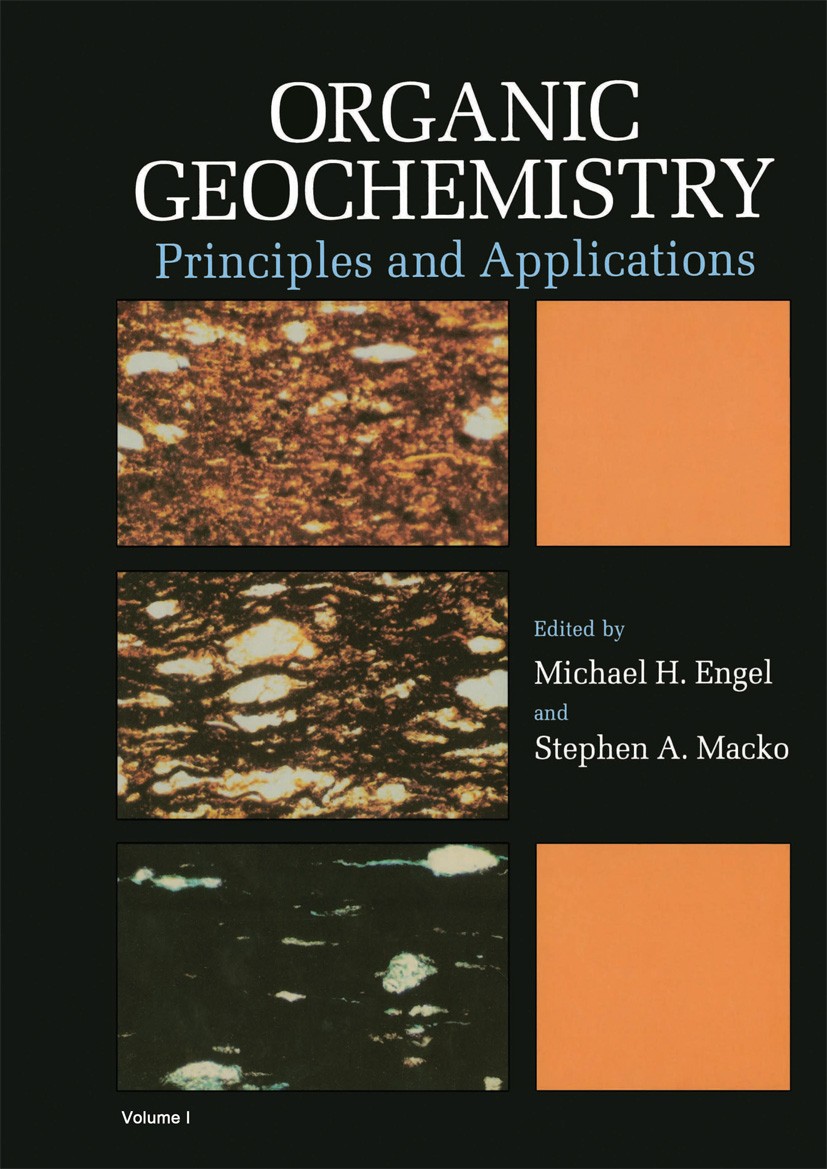Solvent effect in Soxhlet extraction of source rocks
IF 2.5
3区 地球科学
Q2 GEOCHEMISTRY & GEOPHYSICS
引用次数: 0
Abstract
An abundant series of saturated n-C12 to n-C32 fatty acid methyl esters (FAMEs) was unexpectedly detected in the aromatic fraction of Maoming oil shale extracts. Since no pretreatments involving saponification, acidification and esterification were used, these saturated n-FAMEs were suspected either originally present in samples or formed by inadventent methylation of n-FAs during Soxhlet extraction. Several carefully designed Soxhlet extraction experiments using a mixture of n-fatty acid standards (MFASTDs) with different volume ratios of dichloromethane (DCM) and methanol (MeOH) as solvents were performed to investigate if the methyl esterification (methylation) could indeed occur in the traditional Soxhlet extraction.
The results revealed that when methanol alone was used as the extraction solvent, the esterification of fatty acids was very weak. However, with the addition of a proper amount of dichloromethane, for example, 3:2 or 4:1 vol ratio (v/v) of DCM:MeOH as extraction solvent, strong esterification reactions occurred and the esterification of MFASTDs reached almost 100 %. With 9:1 v/v of DCM:MeOH as used in conventional Soxhlet extraction, MFASTDs at lower loadings were nearly all esterified, while at higher loadings, the esterification of short-chain FAs could reach ∼ 80 % while long-chain n-FAs were completely esterified. Therefore, we conclude that n-FAs can be methylated by conventional Soxhlet extraction and DCM plays an important role in esterification.
The saturated n-C12 to n-C32 FAMEs in Maoming oil shales might be from free n-FAs derived from Botryococcus braunii (B. braunii) since they shared similar carbon number distributions as n-alkanes in the same samples, especially with a striking predominance of n-C27. Abundant clay minerals existing in the Maoming oil shales are believed responsible for the formation of free n-FAs because they can provide Brønsted acidity to accelerate hydrolysis of ester linkage to release the bound fatty acids to free forms in specific environment having suitable low water content.
烃源岩索氏萃取中的溶剂效应
在茂名油页岩提取物的芳烃组分中,意外地检测到大量的饱和n-C12 - n-C32脂肪酸甲酯(FAMEs)。由于没有使用皂化,酸化和酯化预处理,这些饱和n-FAMEs被怀疑是最初存在于样品中或在索氏提取过程中n-FAs甲基化而形成的。以不同体积比的二氯甲烷(DCM)和甲醇(MeOH)为溶剂,用n-脂肪酸标准品(MFASTDs)的混合物进行了精心设计的索氏提取实验,以考察传统索氏提取中是否确实会发生甲基化反应。结果表明,当仅用甲醇作为萃取溶剂时,脂肪酸的酯化反应很弱。而加入适量的二氯甲烷,如以体积比(v/v)为3:2或4:1的DCM:MeOH作为萃取溶剂,则发生强烈的酯化反应,MFASTDs的酯化率几乎达到100%。当DCM:MeOH浓度为9:1 v/v时,低负荷的MFASTDs几乎全部酯化,而高负荷时,短链FAs的酯化率可达~ 80%,长链n-FAs完全酯化。因此,我们认为n-FAs可以通过索氏提取进行甲基化,DCM在酯化反应中起重要作用。茂名油页岩中饱和的n-C12 ~ n-C32 FAMEs可能是来自布朗杆菌(b.b braunii)的游离n-FAs,因为它们与同一样品中的正构烷烃具有相似的碳数分布,特别是n-C27具有显著的优势。茂名油页岩中存在丰富的粘土矿物,在特定的低含水量环境下,粘土矿物可以提供Brønsted的酸度,加速酯链的水解,将结合的脂肪酸释放为自由形态,从而导致游离n-FAs的形成。
本文章由计算机程序翻译,如有差异,请以英文原文为准。
求助全文
约1分钟内获得全文
求助全文
来源期刊

Organic Geochemistry
地学-地球化学与地球物理
CiteScore
5.50
自引率
6.70%
发文量
100
审稿时长
61 days
期刊介绍:
Organic Geochemistry serves as the only dedicated medium for the publication of peer-reviewed research on all phases of geochemistry in which organic compounds play a major role. The Editors welcome contributions covering a wide spectrum of subjects in the geosciences broadly based on organic chemistry (including molecular and isotopic geochemistry), and involving geology, biogeochemistry, environmental geochemistry, chemical oceanography and hydrology.
The scope of the journal includes research involving petroleum (including natural gas), coal, organic matter in the aqueous environment and recent sediments, organic-rich rocks and soils and the role of organics in the geochemical cycling of the elements.
Sedimentological, paleontological and organic petrographic studies will also be considered for publication, provided that they are geochemically oriented. Papers cover the full range of research activities in organic geochemistry, and include comprehensive review articles, technical communications, discussion/reply correspondence and short technical notes. Peer-reviews organised through three Chief Editors and a staff of Associate Editors, are conducted by well known, respected scientists from academia, government and industry. The journal also publishes reviews of books, announcements of important conferences and meetings and other matters of direct interest to the organic geochemical community.
 求助内容:
求助内容: 应助结果提醒方式:
应助结果提醒方式:


